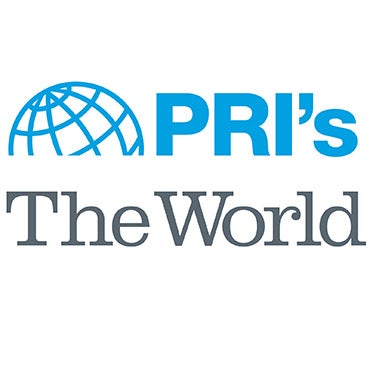Photo finish
Sealing the Osama bin Laden death photos was the right call, for these reasons:
1. Jihadists would have used the images to stoke their ire. They would have replicated the images on placards and banners to further inflame people at anti-American street rallies. They would have circulated the images online for recruitment purposes, as visceral evidence of America’s brutal handiwork. Why should we feed them fresh grist for propaganda?2. The crackpot death deniers at home and abroad would never have believed the photos anyway. Anybody who wants to believe that Osama still walks the earth would have taken it on faith that the photos were phony. Senator Lindsey Graham argued yesterday that a photo release would provide “indisputable proof” of Osama’s demise, but, in truth, it would have settled nothing. What’s the point of pandering to the nut jobs? If the U.S. government had set up an underwater camera to watch Osama sleep with the fishes, some deniers would say it was faked in a tank on a Hollywood sound stage. 3. As the old saying goes, a picture is worth 1000 words. And as Reagan media strategist Michael Deaver taught us three decades ago, those who control the pictures control the story. Right now, the dominant image in the Osama slaying is the picture of the White House team huddled in crisis mode, looking tense and expectant and (most importantly) human, like a scene at CTU headquarters in the TV show 24. The picture says to the world, “These are the good guys who took down the bad guy.” Image-wise, that’s way better for America than a polarizing death photo.4. Centuries ago, even ostensibly civilized governments would execute their enemies and put the heads on public display, as proof that evil had been eradicated. We’re supposed to be better than that. In 2004, Iraqi extremists killed four American contractors, burned and mutilated the bodies, and hung them from a bridge in Fallujah. Trophy photos were taken. We’re supposed to be better than that. Crude triumphalism gains us nothing; it’s antithetical to our humanistic values.5. Parents would have faced the daunting task of shielding their kids from the gruesome imagery. I suppose this makes me sound like a square. But several child psychologists have been quoted as saying that our kids – notably, those under the age of 10 – would have been ill-served by being exposed to photos of a guy with part of his head shot away. As one shrink put it, “Children in today’s world are already exposed to far too much gore and death. Seeing pictures of dead people…could definitely lead to trauma, an inability to sleep, and an inability to get that image out of their head.” And parenting is tough enough already.I can understand the arguments for release. After all, we live in an open society, and technology abets that openness. This was true long before the Internet; as Paul Simon sang in 1986, “These are the days of miracle and wonder/ This is the long-distance call / The way the camera follows us in slo-mo / The way we look to us all…”Now we’re in the midst of a digital revolution that mitigates against secrecy; the impetus these days is to always err on the side of exposure. We accept this as a given. But, for the aforementioned reasons, that acceptance should not come at our own expense. We can move on, and best serve our national interests, without staring at Osama’s blasted skull on our cellphones.
WHYY is your source for fact-based, in-depth journalism and information. As a nonprofit organization, we rely on financial support from readers like you. Please give today.

